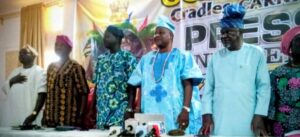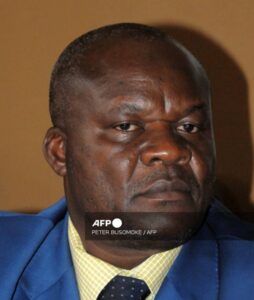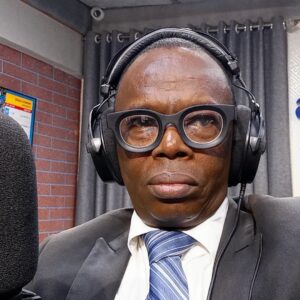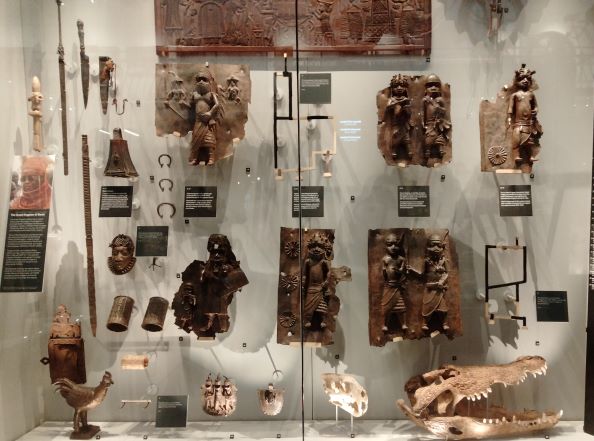
Stolen and looted artefacts from the Benin Kingdom in the present Edo State are finding their way home.
After decades of insistent cultural diplomacy pursued by organisations like the Benin Dialogue Group, the art loving Edo State governor, Godwin Obaseki, and the reigning Oba of Benin, Oba Ewuare II, European and North American institutions are finally on board the restitution and return train.
Most of the objects, said to number well over 5,240 and domiciled in 131 museums, universities and collections across 20 countries have been the subject of fierce contestations regarding the manner of their plunder and dispersal. Most of the art works were pillaged as spoils after the so-called punitive expedition of 1897.
President Emmanuel Macron of France was first to set the stage for what has become a movement. Speaking at a 2017 event in Burkina Faso, Macron had declared that a means was to be devised for temporary or permanent restitution of African heritage because as he affirmed “I cannot accept that a large part of cultural heritage from several African countries is in France.”
Germany became the first country, five years after Macron’s declaration to fire the first salvo with the return of two afterfacts in July 2022. A month later an agreement was signed between the German and Nigerian governments.
The signing according to an Al Jazeera report was “done on Thursday [August 25, 2022] between the Foundation of Prussian Cultural Heritage (SPK) and Nigeria’s National Commission for Museums and Monuments (NCMM) to transfer their ownership from the Ethnological Museum collection in Berlin to Nigeria.”
The agreement which has been described as the “the most extensive transfer of museum artefacts from a colonial context to date, covers 512 objects which ended up in Berlin in the aftermath of the 1897 looting.”
A few months later in October as reported by Artforum, “the Smithsonian’s National Museum of African Art on October 11 officially ceded ownership of twenty-nine Benin bronzes to the National Commission for Museums and Monuments in Nigeria.”
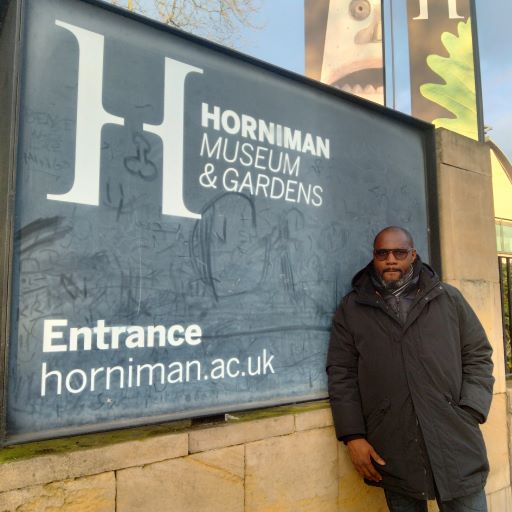
On Monday, November 28, 2022 The Horniman Museum which was founded by social reformer Frederick Horniman a vigorous campaigner for the creation of the British Welfare State, followed suit with the transfer of ownership of 72 artefacts pillaged from the Benin kingdom in 1897. This was done in an elaborate ceremony attended by the Edo state governor, officials of Nigeria’s National Commission for Museums and Monuments (NCMM) as well as chiefs from the Oba’s palace.
As these agreements are signed and the objects make their way home, the question of where they will be housed and how the public can access them has come up time and again.
This question demands consideration in view of the fact that over the years, most of the European and North American institutions have made the case that Nigeria and its cultural institutions and museums lack the requisite cultural infrastructure to keep and preserve and support these artefacts.
But many Nigerians from government officials to artists and writers believe that the question is moot.
Victor Ehikhamneor, world renowned Nigerian artist and restitution activist acknowledges the sentiment. “That’s one of the most used excuses for western institutions not to return stolen and looted artefacts. The question to ask is how old were these works when they were stolen and taken away and as a corollary how were they taken care of in the palace before they were taken away? Because what we fail to realize is that some of these works were already about 300 years or thereabout before they were stolen.”
Mr. Ehikahemnor’s answer is important for context because when the palace was sacked in 1897, one of the bronze plaques taken and which is now on display at the Horniman museum dates back to the time of Oba Orhogbua who reigned between 1547–1580 and must have been over 300 years old by the time of the punitive expedition. If there was no proper method of preservation would they have been in good enough shape to be plundered?
Continuing, Victor Ehikhamenor poses a question. “Who says we cannot take care of these works and who determines how a particular work should be taken care of? Every time, they want us to view things from a Eurocentric perspective. The truth is the works have to be returned and luckily we have new museums coming up like the planned Benin Royal Museum and others like the Edo Museum for West African Art (EMOWAA). Bring them back and let us worry about how they will be taken care of.”
Ike Anya, medical doctor and author of the forthcoming book, “Small by Small: Becoming a Doctor in 1990s Nigeria” says he is not surprised by the returns and push back. “I remember a visit to the Horniman Museum a few years back and how I was impressed by how they had curated the artefacts from Benin, situating them alongside contemporary Nigerian displays like a replica of a street side stall from 1980s Nigeria. I also remember that the director of the Horniman very much recognised the case for returning these artefacts and was keen to engage the local British-Nigerian community in the process. I recognise the concern and it was one which I shared until my friend Victor Ehikhamenor put me right one day. I had asked him, “but if they return them where will they be kept?” And I have never forgotten his response which shifted my view remarkably ‘let them be returned to the place from which they were taken. Let the sun that used to beat them and the rain that used to fall on them continue to beat and fall on them.’ I believe the example of Horniman will spur others to do the same.”
And to address and support Victor Ehikhmenor’s point, there are a number of institutions being built to support these artefacts.
The Benin Royal Museum is promoted by the monarch, Oba Ewuare II while EMOWAA which is working in partnership with NCMM is being promoted by a private trust as a self-sustaining ecosystem in West Africa to support heritage, craftsmanship, and contemporary arts. The EMOWAA pavilion is designed by Sir David Adjaye OBE.
When operational, these two institutions would complement the already existing Benin City museum and provide not just a home but a place where the works can be accessed.
This is important because when we speak of infrastructure it extends beyond just the physical space to encompass the facilities and programmes that will provide context for the works and enhance scholarship while acting as a bridge for understanding the past and how it informs the present.
Duke Asidire, a foremost and leading contemporary artist from Nigeria acknowledges that the questions around housing and access are valid.
“Regarding where they will keep them? I am aware of the building of the private EMOWAA museum and The Palace of the Oba of Benin is also planning the Benin Royal museum and preparing to take custody.”
In an email response to a question on whether this was a consideration during negotiations, Horniman museum responded with “any questions about Nigerian infrastructure, and the future care and presentation of the returned objects, should be directed to the NCMM.”
Returning to Mr Ehikhamenor’s arguments, it is apposite to quote the opening lines of a piece by the Financial Times describing the Benin City Museum – “Approaching the Benin City National Museum in Nigeria’s southern state of Edo — paint peeling, lawns weathered, stranded within a busy roundabout — there is no credible hint of the treasures inside.”
With 18 museums in existence and with the Benin Royal Museum and EMOWAA imminent, the returning artefacts will be well taken care of.

